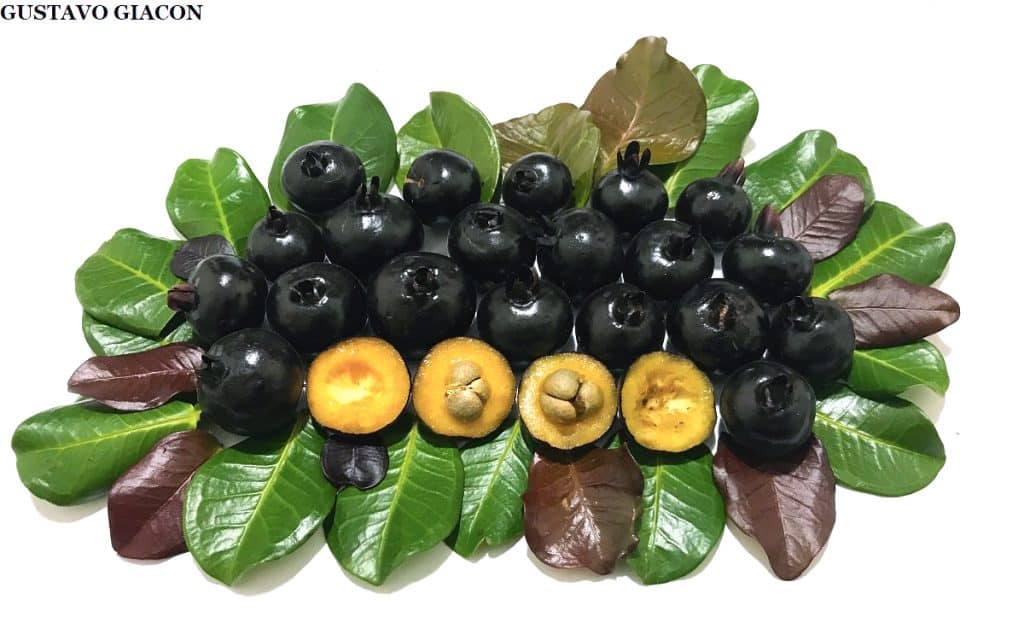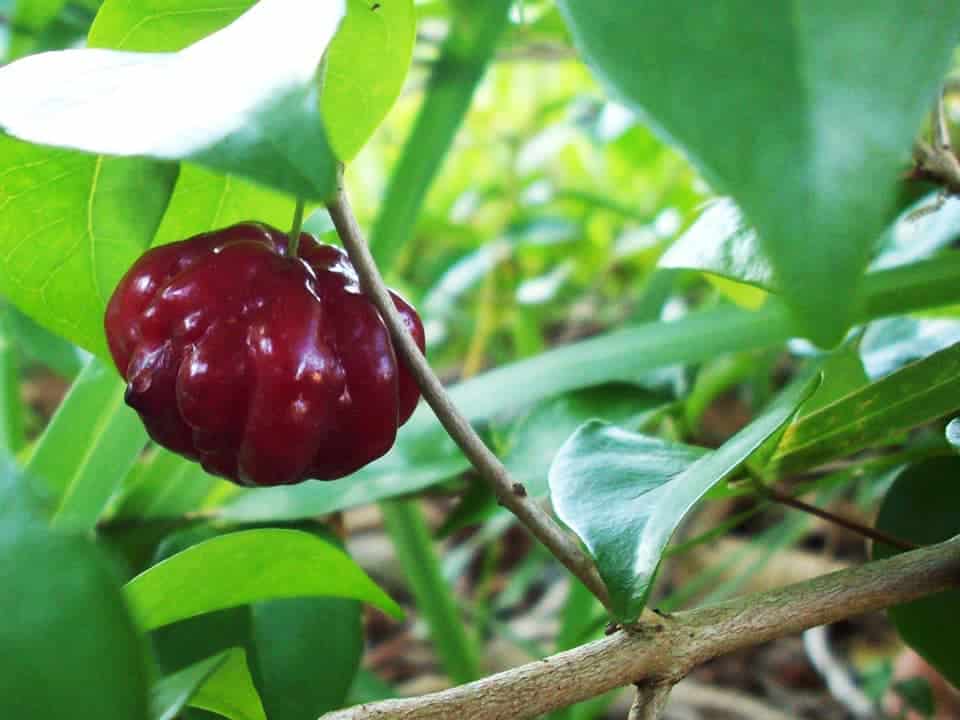Exploring the Enchanting World of Eugenia
In the heart of botanical wonders lies the fascinating Eugenia, a plant species that captivates with its unique characteristics. Eugenia, belonging to the Myrtaceae family, is a diverse genus encompassing various species. Let’s delve into the enchanting world of Eugenia and uncover its intriguing features.
Description and Diversity: Eugenia showcases a rich tapestry of physical traits. The glossy, elliptical leaves of Eugenia uniflora, commonly known as Surinam cherry, contrast with the needle-like foliage of Eugenia myrtifolia. The delicate, aromatic flowers of Eugenia aggregata add to the allure, making each species a botanical marvel.

Habitat and Distribution: From the towering Eugenia grandis thriving in the Amazon rainforest to the resilient Eugenia aromatica flourishing in the arid landscapes of Australia, Eugenia spans diverse habitats globally. Its adaptability is evident in the lush rainforests of Southeast Asia, where Eugenia aquea finds its home alongside glistening streams.
Taxonomy and Relationships: Within the intricate web of taxonomy, Eugenia forms connections with renowned botanical counterparts. As a member of the Myrtaceae family, it shares kinship with the iconic guava (Psidium guajava) and the aromatic cloves (Syzygium aromaticum).
Cultural Significance: In Brazilian folklore, Eugenia dysenterica, also known as cagaita, holds cultural importance. Its fruits are used in traditional festivities, symbolizing abundance and good fortune. In Indian culture, the leaves of Eugenia jambolana, the Java plum, are integral to various rituals.
Medicinal Marvels: Eugenia uniflora, the Surinam cherry, is renowned for its medicinal properties. Rich in antioxidants, it is believed to have anti-inflammatory and anti-diabetic benefits. Indigenous communities in the Amazon have long used Eugenia stipitata for its potential therapeutic effects.

Culinary Delights: In the culinary world, Eugenia finds its place in the vibrant cuisine of Thailand. The tart and sweet flavor of Eugenia aquea, known as Thai cherry, enhances salads and desserts. In Brazil, the aromatic Eugenia involucrata fruits elevate jams and beverages.
Cultivation Secrets: For those eager to cultivate Eugenia, success lies in understanding its needs. Eugenia myrtifolia, the Australian brush cherry, thrives in well-drained soil and full sunlight. Conversely, Eugenia luschnathiana, the Brazilian pitanga, prefers partial shade and slightly acidic soil.
Conservation and Challenges: Eugenia faces conservation challenges, exemplified by the endangered status of Eugenia woodburyana. Rapid urbanization and habitat loss in its native Hawaii threaten its existence. Conservation efforts are crucial to preserving such vulnerable species.
In Closing: Eugenia beckons us into a realm where botanical beauty meets ecological importance. Its presence, both in the wild and cultivated spaces, enriches our understanding of the natural world. As we celebrate Eugenia, let’s embrace the responsibility to safeguard and appreciate the wonders it bestows upon our planet.
